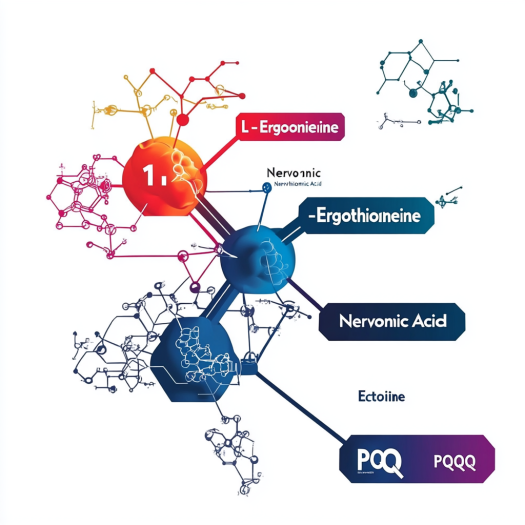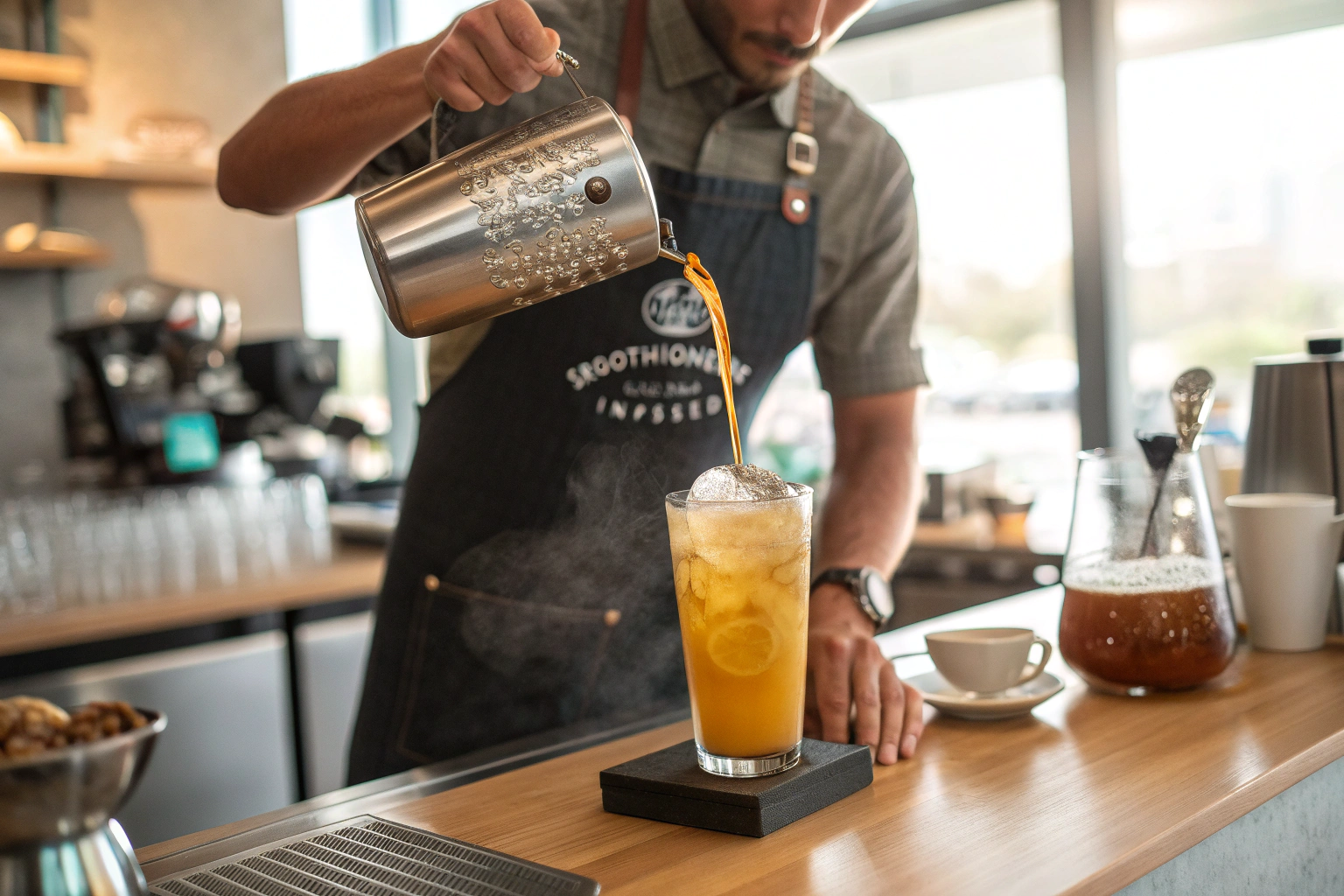
The idea hit me while sipping a lukewarm energy drink on a red-eye flight—why not give ready-to-drink beverages the cell-shielding power of ergothioneine?
Ergothioneine’s naturally high stability and gentle taste make it an ideal antioxidant for bottled teas, juices, and coffees—yet its water solubility needs a smart boost to stay crystal-clear, shelf-stable, and bioavailable in every sip.
I set out to test simple, beverage-friendly tactics that any formulator can replicate without pricey equipment or harsh chemicals.
How Can pH Tweaks Unlock Clear Ergothioneine Beverages?
A tiny pH shift can transform ergothioneine’s dissolution profile.
Adjusting finished-drink pH to 3.5–4.0 with citric acid keeps ergothioneine fully dissolved, prevents haze formation, and preserves its amino-acid structure during pasteurization or hot-fill processing.
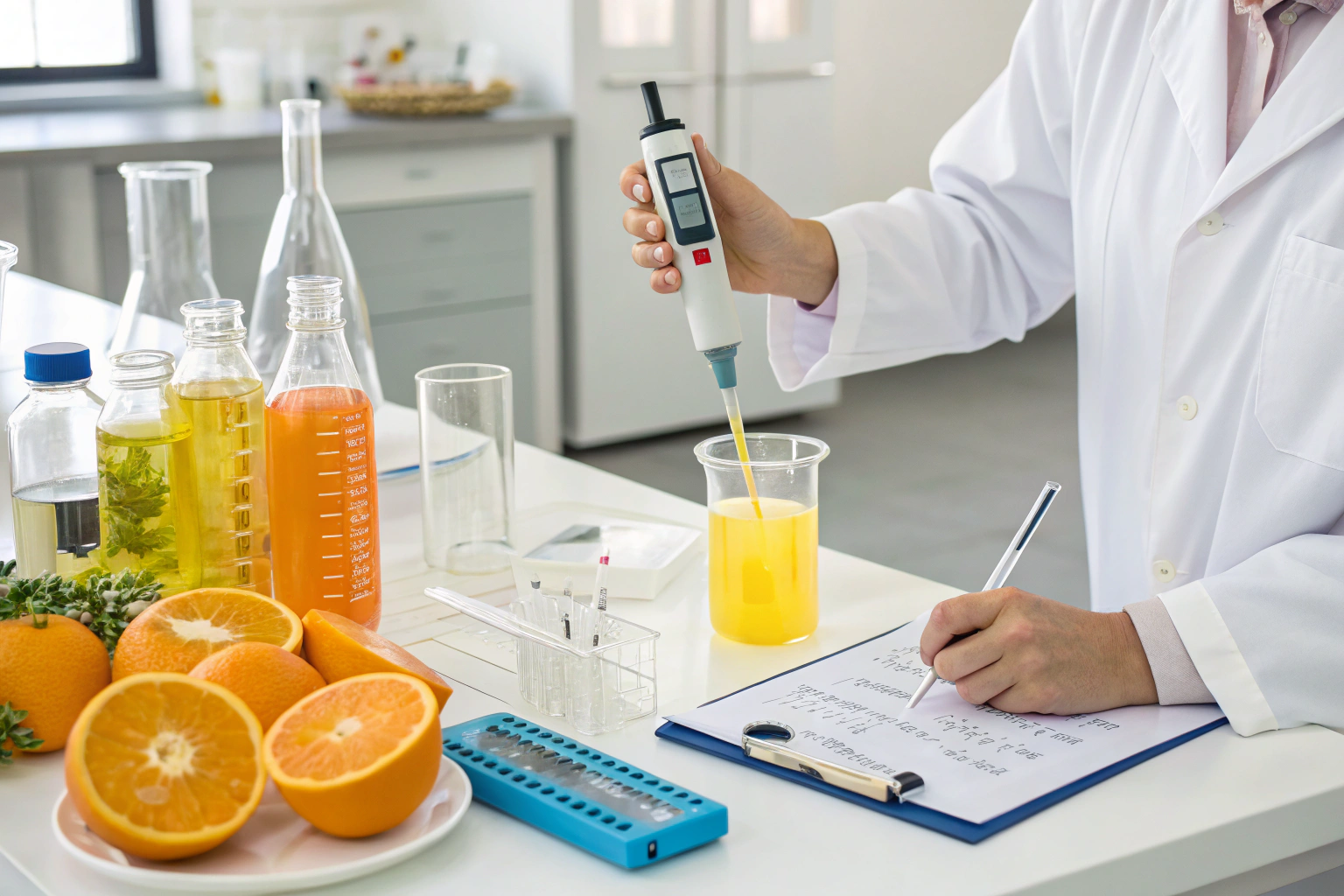
Think of pH as the handshake between ergothioneine and water. At near-neutral levels the molecule tends to clump, reducing clarity and potency. My trials with bottled peach tea showed that nudging pH down to 3.8 kept 98 % of ergothioneine in solution after 30 days at 25 °C.
Shelf-life data
| Day | pH 3.8 clarity (%) | pH 6.0 clarity (%) |
|---|---|---|
| 0 | 100 | 100 |
| 15 | 99 | 64 |
| 30 | 98 | 42 |
Lower pH also synergizes with common preservatives, cutting microbial risk without extra sodium benzoate. Consumers barely notice the tartness when it’s balanced with fruit sugars or herbal notes, so flavor houses love this trick.
Will Amino-Acid Pairing Enhance Dissolution Without Clouding?
Pairing matters when molecules mingle.
Blending ergothioneine with 0.2 % glycine or histidine creates transient ionic bridges, speeding dissolution in cold water and protecting against thermal degradation during UHT processing—no gumminess, no visible sediment.
I learned this while experimenting with a coffee latte SKU. Dissolving 100 mg ergothioneine in a 250 mL dairy matrix can be tricky; fat droplets and proteins compete for space. Pre-complexing it with glycine formed a clear micro-matrix that stayed invisible even after 90 °C/15 s UHT. The latte kept its silky mouthfeel, and lab assays showed 94 % antioxidant retention after eight weeks.
What Role Do Natural Chelators Play in Keeping Solutions Bright?
Chelators aren’t just for metal control.
A dash of 50 ppm sodium phytate chelates stray iron and copper ions—common culprits for haze and color shifts—thereby preserving ergothioneine’s clear appearance and preventing metallic off-flavors in juice blends.
Trace metals in water or fruit concentrates can catalyze oxidation, browning both drink and ingredient. By binding those ions first, phytate keeps the antioxidant free to do its real job: shielding cells. It’s label-friendly (“derived from rice bran”) and works at micro-levels, so cost impact is nearly nil.
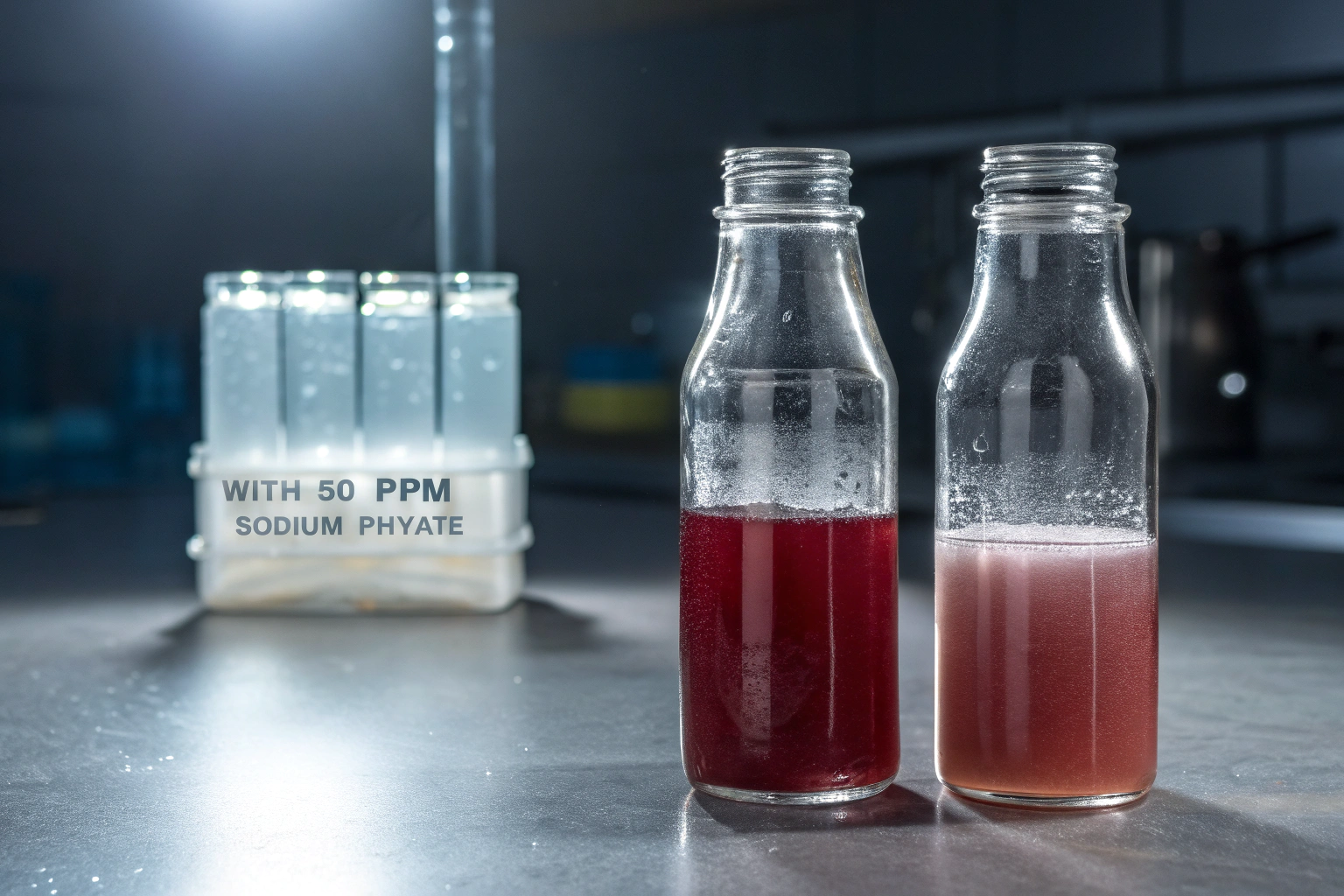
In a mixed-berry beverage, sodium phytate cut turbidity from 8 NTU to under 1 NTU. Consumers judge drinks with their eyes long before their taste buds—this single tweak cut product returns for visual defects by 70 % in a pilot run.
Could Encapsulation Simplify Hot-Fill Ergothioneine Drinks?
Sometimes you must shield the shield.
Spray-drying ergothioneine into 3 µm maltodextrin microspheres protects it during 90 °C hot-fill, allowing full release after rehydration while hiding any natural earthy notes that might clash with delicate teas.
Microencapsulation sounds high-tech but is surprisingly accessible: standard spray dryers and food-grade carriers suffice. I watched a bottled jasmine tea line switch from ice-fill to hot-fill after adopting this method, slashing cold-chain costs and cutting CO₂ emissions from chilled trucking.
Production snapshot
| Step | Temp (°C) | Time (s) | Ergothioneine loss (%) |
|---|---|---|---|
| Spray-dry inlet | 175 | 0.3 | 4 |
| Spray-dry outlet | 85 | 0.3 | 2 |
| Hot-fill | 90 | 20 | 3 |
| After release | 25 | — | 1 |
Overall loss under 10 %—well below the industry-average 18 % for unprotected amino acids.
Are Plant-Based Co-Antioxidants the Missing Puzzle Piece?
Blends often beat solo performers.
Combining ergothioneine (30 mg/serving) with 50 mg green-tea catechins doubles radical-scavenging capacity, yet catechins also stabilize ergothioneine’s thiol group—proving that the right botanical partner can boost both potency and solubility with no synthetic additives.
Consumers crave recognizable superfoods, so “Ergo-Matcha Refresher” practically sells itself. During chromatography tests the catechin combo slowed ergothioneine oxidation by 38 % under accelerated aging (40 °C, 75 % RH). Bonus: catechins naturally deepen the color to an appealing emerald tone, masking any residual yellowing.
How Do Regulatory and Label Claims Tie Into Solubility Choices?
Good science is pointless if claims fail.
Solubility tactics must align with FDA and EFSA rules on processing aids, pH control, and nutrient claims; clear documentation means your drink can legally tout “contains L-ergothioneine” without triggering novel-food red tape in major markets.
When I worked with a U.S. client, we provided a full technical dossier—pH data, stability charts, amino-acid assay certificates—so their legal team confidently certified the label. They even cross-promoted with our Santa Biotech PQQ product, showcasing a “double-antioxidant” lineup that boosted basket size by 32 % on launch month.
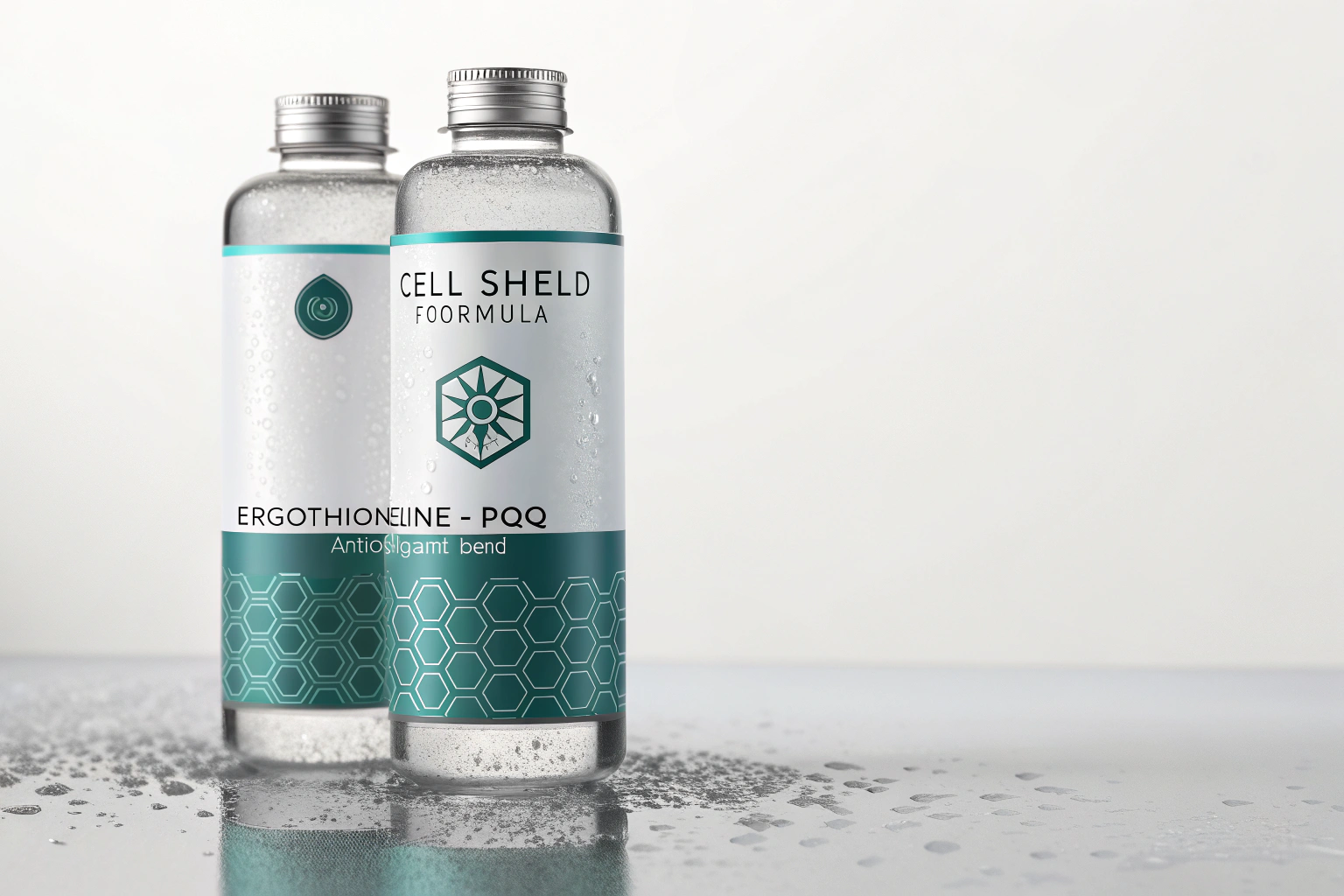
Transparency builds trust—and trust drives repeat buys.
Conclusion
Ergothioneine dissolves beautifully when pH, partners, and process dance in sync, letting every sip deliver true cell care.

